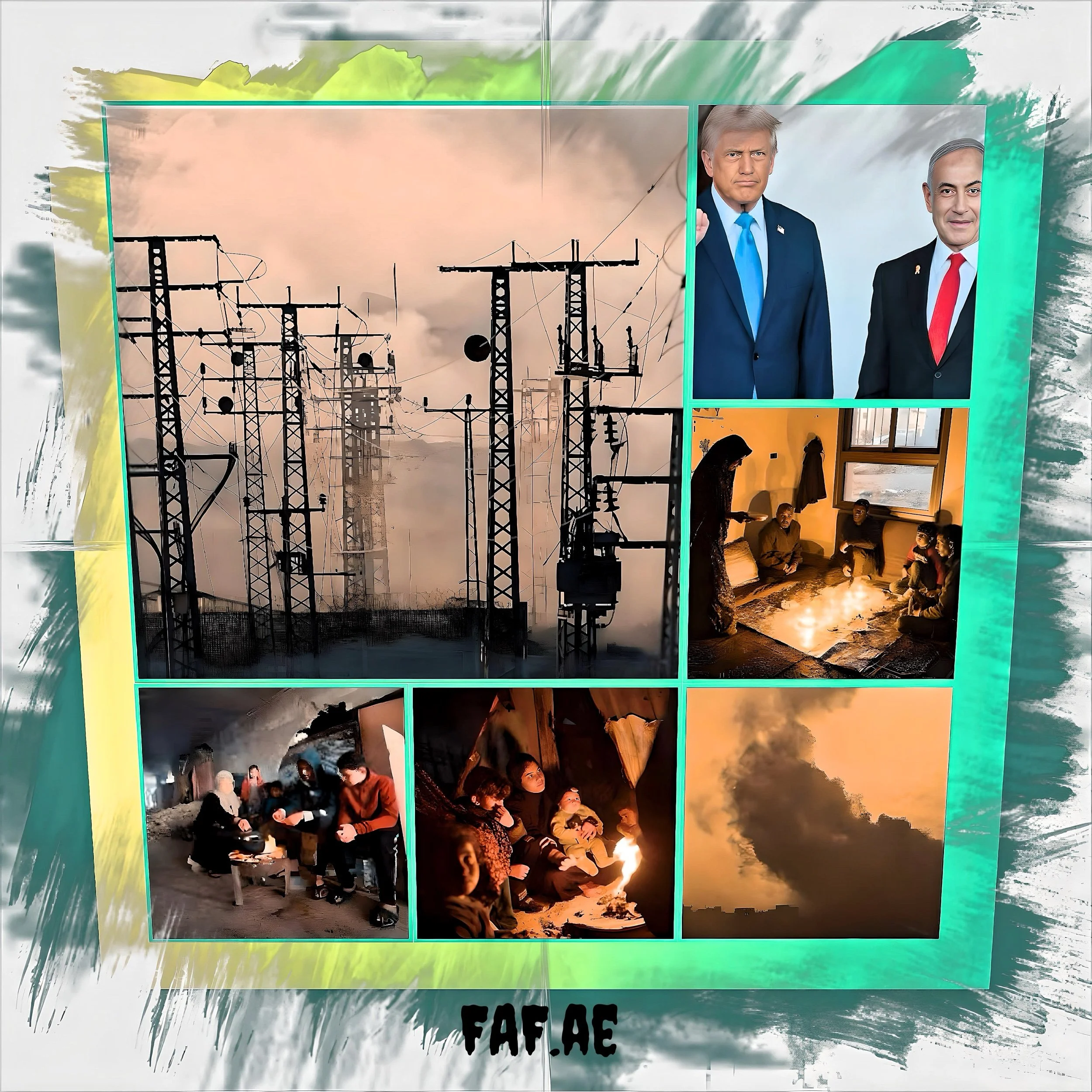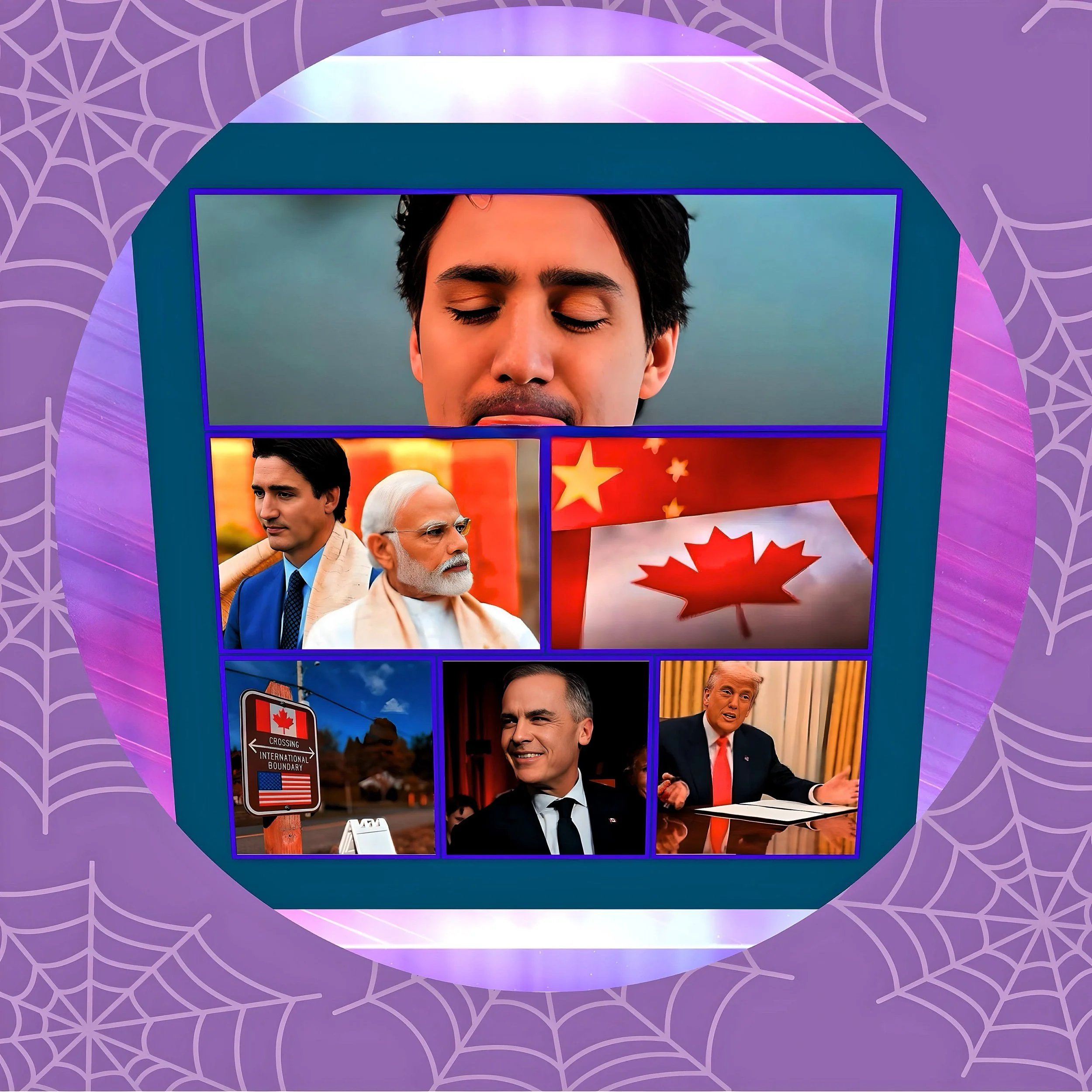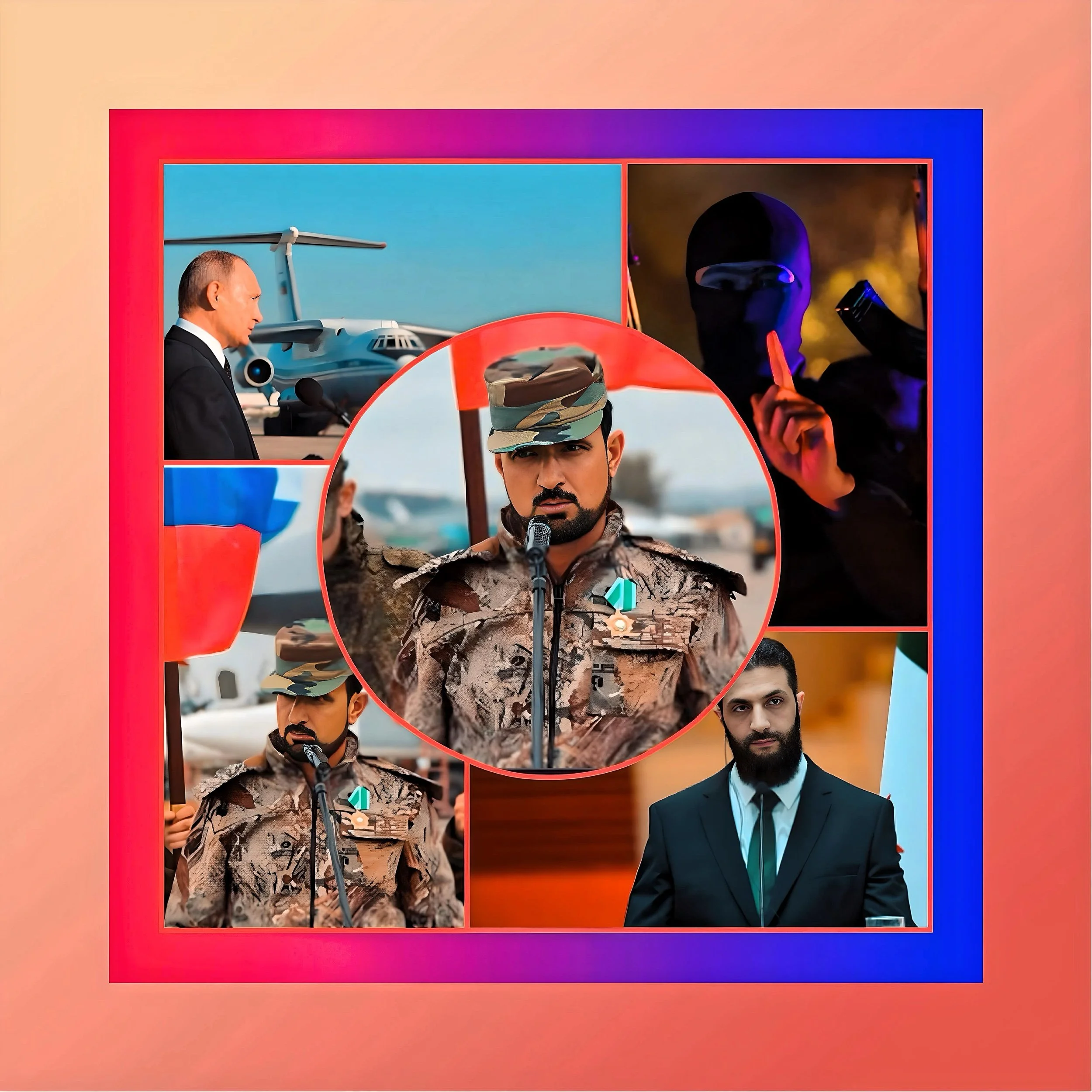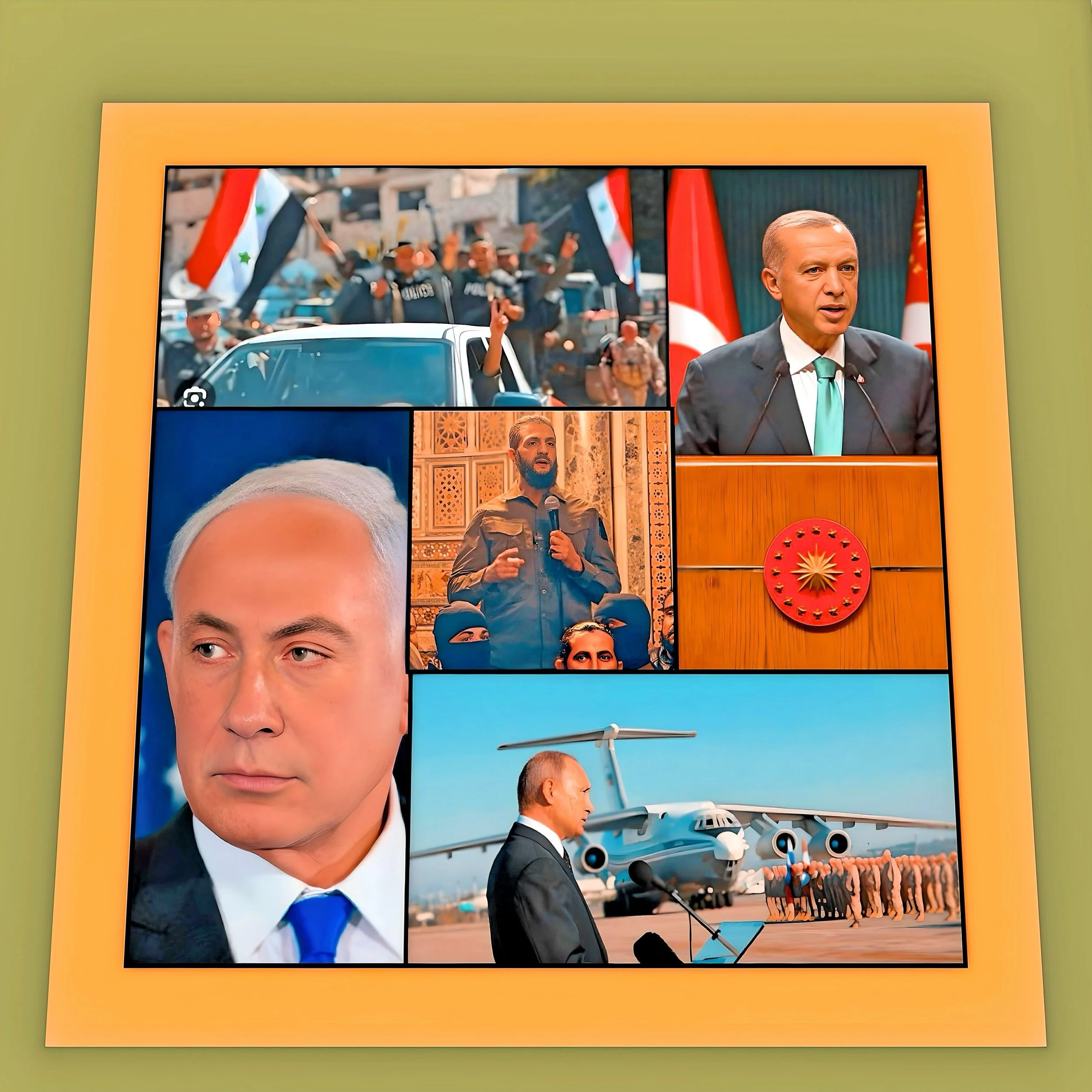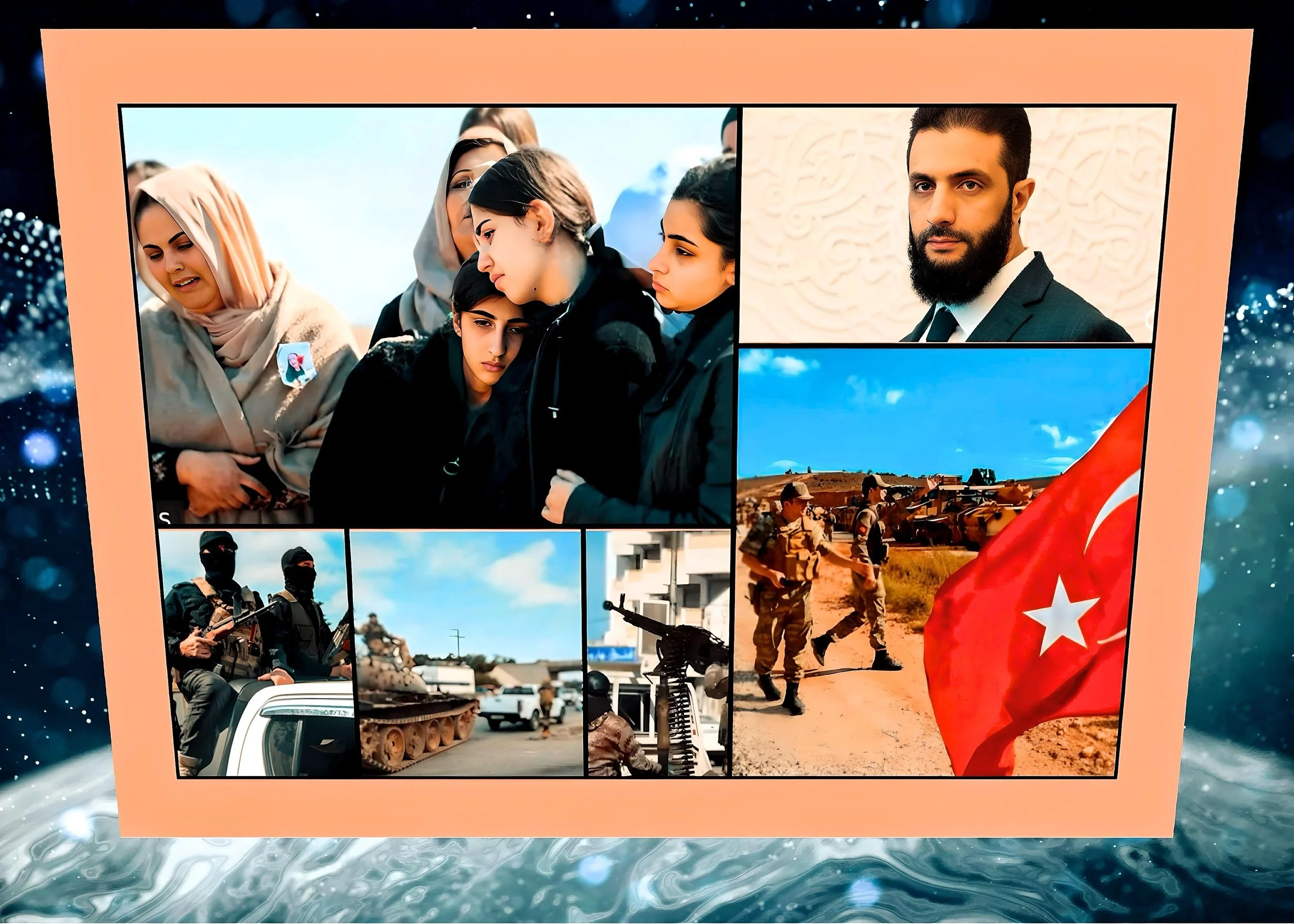The UN Security Council Emergency Meeting on Syria: US-Russia Dynamics and the Escalating Humanitarian Crisis
Introduction
Following the deadliest outbreak of violence in Syria since the ousting of President Bashar al-Assad in December 2024, the United States and Russia jointly requested an emergency closed-door meeting of the UN Security Council on March 10, 2025.
This marked a rare moment of alignment between the two geopolitical rivals, who have historically clashed over Syria’s civil war. The meeting aimed to address reports of mass civilian killings—mainly targeting the Alawite minority—amid clashes between Syria’s interim government forces and remnants of the Assad regime.
The violence, which erupted in the coastal provinces of Latakia and Tartous, has exposed deepening sectarian fractures and raised urgent questions about the stability of the new administration led by interim President Ahmed al-Sharaa, a former leader of the Security Council-listed terrorist group Hayat Tahrir al-Sham (HTS).
Background: Syria’s Transitional Government and the Legacy of Conflict
The Fall of the Assad Regime and the Rise of HTS
Syria’s political landscape underwent a seismic shift in December 2024 when HTS, a coalition of rebel groups with roots in Al-Qaeda affiliates, overthrew President Bashar al-Assad after a rapid offensive. Ahmed al-Sharaa, HTS’s leader, assumed the role of interim president and pledged to unify Syria’s fractured society while transitioning toward elections within four to five years.
However, the new administration faced immediate challenges: rebuilding state institutions, addressing economic collapse, and navigating sectarian tensions exacerbated by decades of Assad’s Alawite-dominated rule.
The Alawite community, a minority Shia sect to which the Assad family belonged, had long held disproportionate power in Syria’s military and security apparatus.
Their displacement from positions of authority under al-Sharaa’s Sunni-majority government fueled resentment, particularly in coastal strongholds like Latakia and Tartous, where pro-Assad loyalists retained influence.
Escalation of Violence in Coastal Syria: Massacres and Sectarian Retaliation
The Triggers of Conflict
Violence erupted on March 5, 2025, when pro-Assad militants ambushed Syrian security forces in Latakia, killing 16 government troops. This attack catalyzed a cycle of retaliation, with al-Sharaa’s government deploying additional troops to the region and imposing curfews.
By March 7, the conflict had spiraled into widespread atrocities, including field executions, arson, and forced displacements.
The Syrian Observatory for Human Rights (SOHR), a UK-based monitor, reported that over 1,300 people—primarily Alawite civilians—were killed within 72 hours. Graphic videos circulated online showed bodies piled in streets and security forces conducting summary executions, though these claims remain unverified by independent sources.
Sectarian Dimensions and Humanitarian Impact
The coastal violence bore hallmarks of sectarian retaliation. SOHR documented at least 30 massacres targeting Alawite neighborhoods, with victims including women and children shot at close range.
Pro-government militias, many comprising Sunni fighters historically oppressed under Assad, were accused of “purifying” areas perceived as loyal to the former regime.
Meanwhile, Alawite militias launched counterattacks, damaging critical infrastructure such as power stations and oil refineries.
The humanitarian toll intensified as winter storms exacerbated food, water, and medical supply shortages. The UN estimated that 4 million Syrians required urgent aid.
Political Responses and International Reactions
Al-Sharaa Balancing Act
Interim President al-Sharaa sought to project control amid the crisis, announcing investigative committees to probe the violence and pledging accountability for abuses. In a national address on March 9, he urged Syrians to avoid sectarian division: “We must preserve national unity… What is occurring now is within the expected challenges”.
However, critics questioned the government’s capacity to rein in rogue militias, given HTS’s decentralized structure and history of extremism. The administration’s reliance on former rebel factions to enforce security further complicated efforts to present a unified front.
US-Russia Diplomacy and the UN Security Council
The emergency Security Council meeting on March 10 reflected shifting geopolitical dynamics. While the US and Russia have historically been at odds over Syria—most notably during the 2016 coalition airstrike that killed 62 Syrian soldiers—their joint request signaled mutual concern over the conflict’s regional spillover risks.
Russia, a long-standing ally of Assad, framed the violence as a failure of al-Sharaa’s government to protect minorities. At the same time, the US emphasized the need for transitional justice and humanitarian access.
Notably, the closed-door format avoided public grandstanding, contrasting sharply with the 2016 confrontation in which US Ambassador Samantha Power accused Russia of “cheap point scoring.”
UN Secretary-General António Guterres reiterated calls for compliance with Resolution 2254, which outlines a roadmap for Syria’s political transition, and warned against violations of the 1974 Disengagement Agreement in the Golan Heights.
Denmark, set to assume the Council’s humanitarian penholder role, pledged increased aid but stressed that “justice is essential for healing Syria’s scars.”
Investigations and Accountability Challenges
Domestic Probes and Their Limitations
Al-Sharaa’s government established two committees: a fact-finding body investigating coastal violence and a higher committee overseeing accountability.
The latter was granted 30 days to submit findings, with the authority to enlist ex, external experts. However, skepticism abounded, given HTS’s alleged involvement in atrocities.
SOHR director Rami Abdulrahman likened the killings to “Assad-era tactics,” accusing the government of permitting revenge attacks under the guise of counterinsurgency.
International Calls for Independent Oversight
UN Human Rights Chief Volker Türk demanded independent investigations, citing “credible reports of crimes against humanity.”
The European Union condemned all violence but stopped short of endorsing military intervention, instead advocating for inclusive dialogue. These appeals faced practical hurdles, however, as Russia and China have historically blocked ICC referrals for Syria.
Conclusion
Syria’s Precarious Crossroads
The violence that erupted in March 2025 highlights the unsettling fragility of Syria’s journey toward stability. While al-Sharaa’s government has taken commendable steps toward inclusivity—such as establishing a constitutional committee—the ongoing reliance on factions with extremist connections is concerning. This approach risks alienating vulnerable minority groups and may, unfortunately, fuel cycles of retaliation.
The recent emergency Security Council meeting, while marked by unprecedented collaboration between the US and Russia, signifies the overwhelming challenge faced by the international community. The lack of immediate resolutions reflects a shared frustration over limited influence during a critical time for Syria.
Recommendations for Stabilization
Strengthening Governance
To truly move forward, the interim administration must prioritize demobilizing militias and embracing a more inclusive governance model. Integrating the voices of diverse communities—especially Alawite and Kurdish representatives—into transitional bodies is essential for fostering a sense of unity and trust.
Humanitarian Corridors
The United Nations has a crucial role in brokering agreements that ensure aid reaches those affected by the conflict, particularly in hard-hit areas like Latakia. Establishing humanitarian corridors is vital to alleviating the suffering of those who have endured unimaginable hardships.
Accountability Mechanisms
Introducing a hybrid tribunal, which combines Syrian jurists with international observers, could provide a pathway to address issues of impunity. This approach would honor Syria’s sovereignty while seeking justice for victims—a necessary step towards healing the deep wounds of the past.
As Syria navigates this challenging and profoundly sensitive chapter, the decisions made by al-Sharaa’s government and the international community's support will be pivotal.
It is a critical moment that will ultimately shape whether the country spirals back into civil conflict or embraces a future filled with hope and lasting peace.


